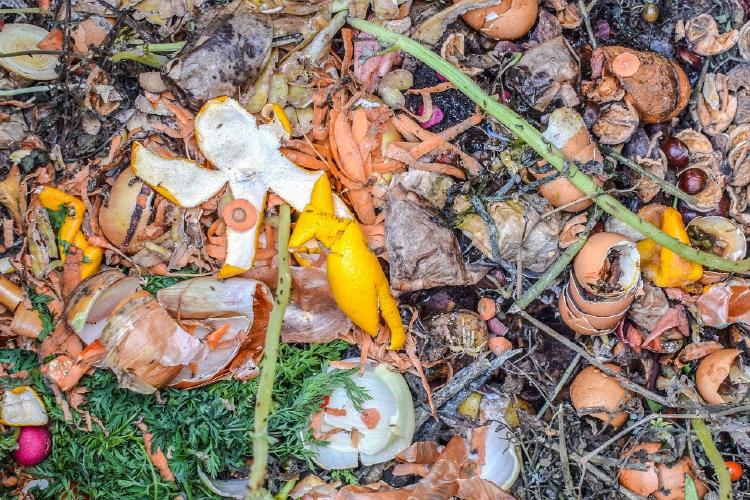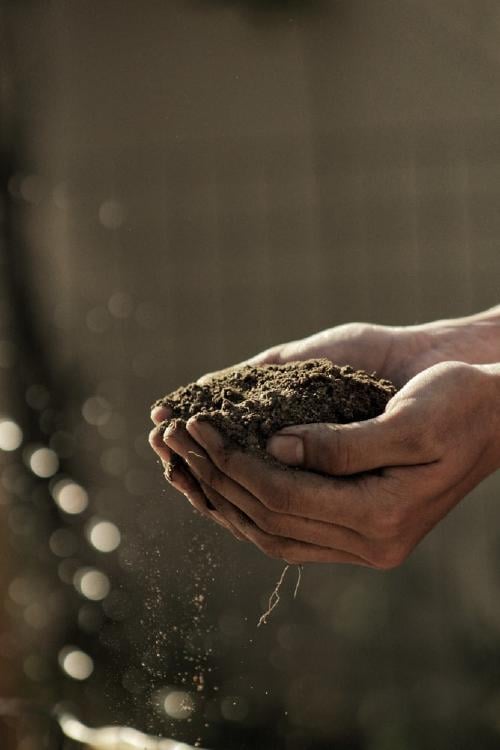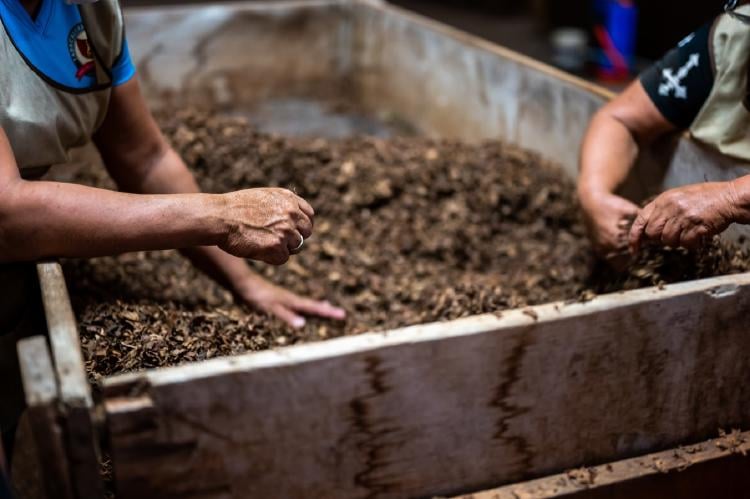
If having a more sustainable lifestyle is priceless for you, there is no way you don’t include composting as a habit. Read this article on how to make a compost pile at home if you want to experience the real short-term benefits of a green lifestyle.
Learning how to make a compost pile is one of the easiest gardening projects you can embrace and it brings an incredible amount of benefits into your lives. In simple words, composting is a method of waste disposal that allows organic materials to be recycled into a product that can be used as a valuable soil amendment since it provides excellent nutrition for plants, builds the soil and keeps valuable resources out of landfills. Not to mention that it is also free, easy to make, and good for the environment!
If you want to fully understand the importance of composting read our article: What is Composting?

There are as many ways to make a compost pile as there are gardeners. If you want to learn how to make a compost pile at home, you should bear in mind that you have many options.You can create a free-standing compost heap, which is literally a mound or pile but If you prefer a ready-made one, you can buy a compost bin or build your own one according to your preferences.
With heap composting, there are not so many structures required. Keep in mind that a compost pile may not appear as neat and tidy as when using a compost bin, but it is still one of the best options for beginners.
One of the most important factors for starting a compost pile is finding a proper location. Choose an open, level area with good drainage. You do not want your compost to sit in standing water. An area with partial sun or shade is also ideal. Too much sun can dry the pile out, while too much shade can keep it excessively wet. Finally, choose a site that is easy for you to get to and avoid areas near dogs or other meat-eating animals.
It is also recommended to start your pile on bare ground rather than on asphalt or concrete since many of the organisms that you want to live in your pile find their way in from the soil in your yard. Compost piles that are set on a concrete pad or weed fabric suffer because they are cut off from the soil ecosystem and it prevents aeration and inhibits microbes.

One of the essential steps on how to make a compost pile is selecting the key materials. Those are nitrogen or “greens” and carbon or “browns.” The compost ratio should be 3 parts browns to 1 part greens. When starting a compost pile, it is recommended to layer or alternate these greens and browns, the same way as you do when making lasagna. The most voluminous organic materials do best in the first ground layer, so start with a layer of browns.
Next, add in some green materials, such as kitchen waste and grass clippings.Continue to add layers of nitrogen and carbon materials until you reach the top. At the end, lightly water each layer as it is added, firming it down but do not compact. Many organic materials can be composted, but there are some items that you should keep out of your compost pile.
TIP: avoid meat, dairy, fat or oil products and carnivorous pet feces.
Covering it helps to retain moisture and heat, two essentials for compost. You may use wood, plastic sheeting or carpet scraps. Covering also prevents the compost from being over-watered by rain. Your compost-pile should be moist but not soaked or sodden.
Give the pile a quick turn with a pitchfork or shovel every few weeks. Mixing the compost pile is key to aerating the composting materials (mixing “adds” oxygen) and speeding the process to its completion. Decomposition usually takes place due to the microbes that are found in the soil, and these microbes need space in order to breathe. If the soil is too compacted, it is going to restrict the amount of space available for the roots and the microbes to breathe properly. The lack of oxygen will ultimately cause these microbes to die.

Just by using these simple instructions for composting, you will be well on your way to creating the ideal compost pile for your garden.
Having a small garden or even if you don’t have one at all shouldn’t be a headache! You can still have yours at home! Here there are the steps on how to make a compost pile using a composter:

Choosing what type of composter will be perfect for you involves considering where you live, what you’ll compost and whether you want to mix your compost manually or not. People with small gardens often choose a composting bin, such as a storage container or a trash can, that hides the decomposing matter while providing enough compost to fortify their plants. If most of the compost materials at your house come from your kitchen, consider using a stationary composter. In addition to keeping the compost hidden from view, stationary composters discourage unwanted visits from animals. If you’re ready to mix your compost every 1 or 2 weeks, enclosed bins or open compost piles could work for you but if your back isn’t ready for all that work, compost tumblers or a worm composter are perfect options since they make it easy to mix the compost regularly.
Determine a good location for your compost bin. Choose an area that is close to your garden yet out of sight to maintain a polished appearance. Remember to lay down a garbage bag or weed cloth in the selected area.
Place your composter on top of the garbage bag or weed cloth, and begin filling it with the appropriate organic waste. Below, you’ll find a list with all the items you can add to your compost pile. If animals frequent your yard, secure the top of the bin with a bungee cord to protect it from possible visitors.
“What can I compost?” is one of the most frequent questions asked by those who want to get involved in the art of composting. There is no precise recipe or formula for making compost. As explained before, the compost ratio should be 3 parts “browns” (most browns come from trees) to 1 part “greens” (most greens come from fresher, juicy materials.) Every gardener has plenty of greens in summer, followed by an abundant supply of browns in the fall. To make it fast and convenient to balance your compost, save up shredded leaves and pine needles in the fall, and store them in trash bags or an old garbage can to use them in summer time.

After all this information you may wonder ...but, what can I compost? Here’s a list of the items you can add to your compost bin:
Warning! Some containers and products say “compostable” on them, but that only means through industrial processes… Your poor, hardworking worms are probably not going to cut it!
For a lot of people, a combination of composting methods is the best way to turn free resources such as food scraps, coffee grounds, livestock bedding, and yard waste into a rich garden amendment. How to make a compost pile will definitely depend on many specific factors you’ll have to consider at the time of making it. We hope that after reading this article you might never feel the need to ask “what can I compost?” ever again. You’ll be able to make a compost pile at home using the organic material you might find in your own kitchen and garden with no effort.
Read Next: Composting Problems: Types and How to Deal with Them